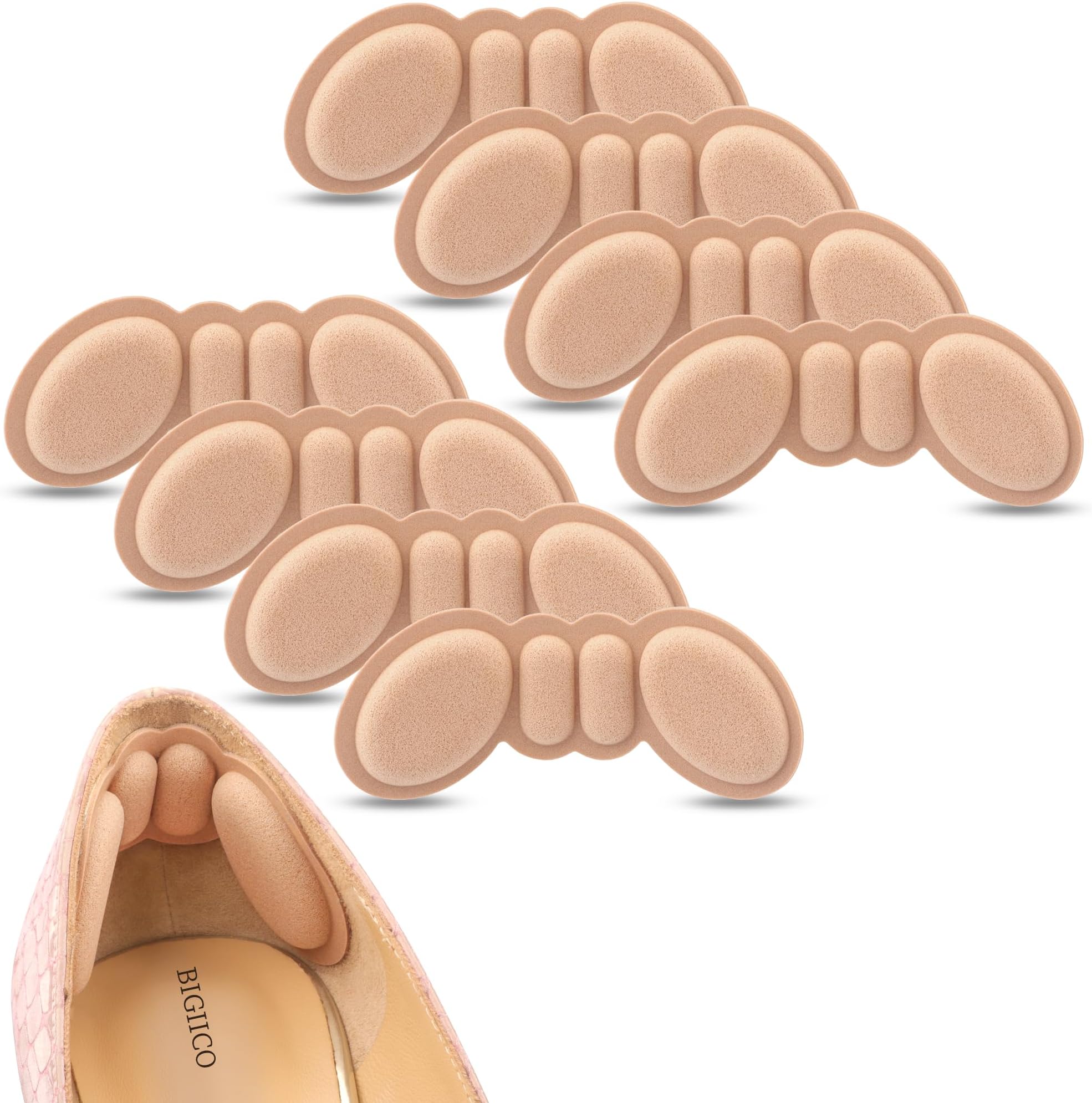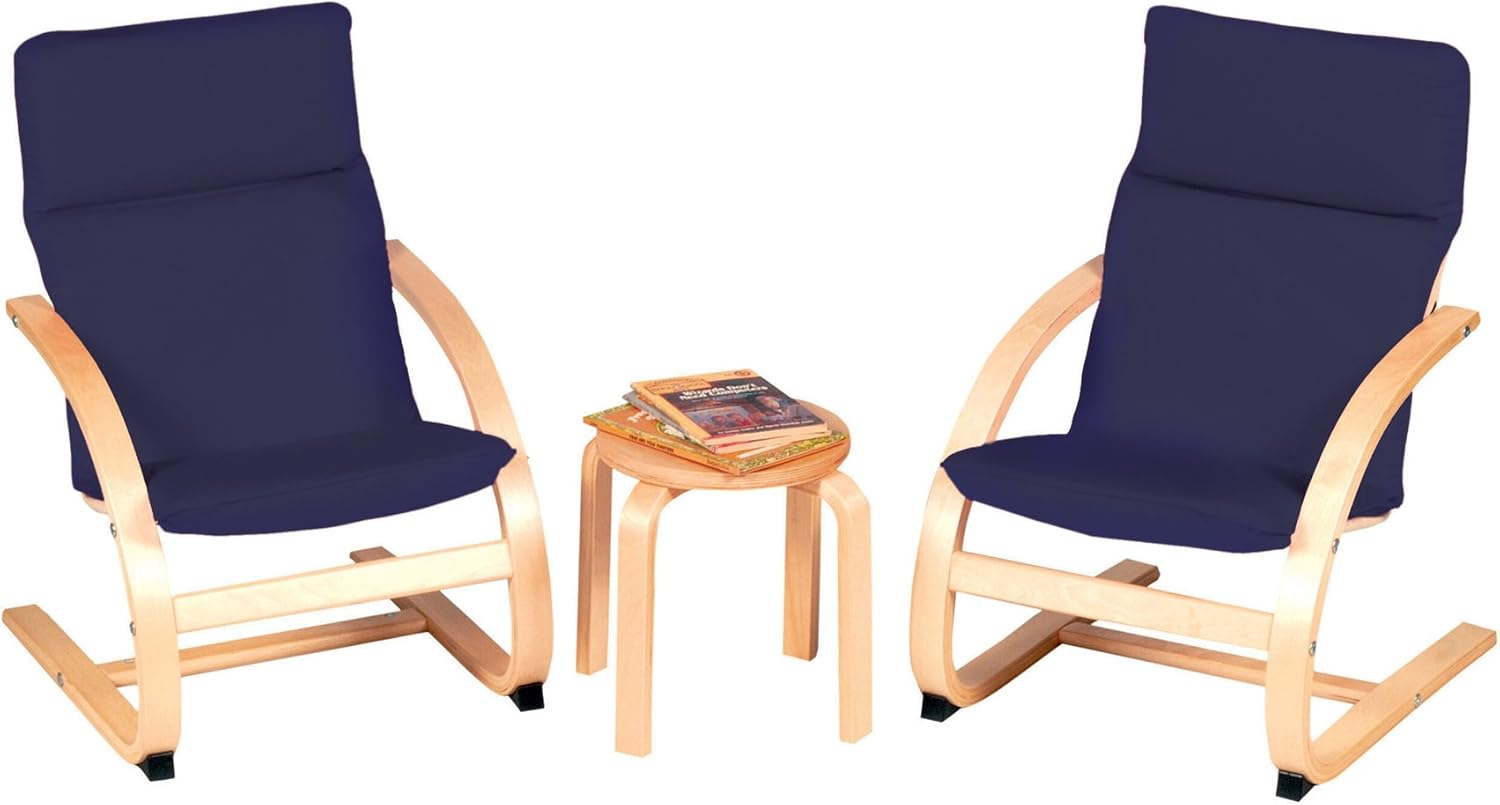Finding the perfect pair of shoes can be a challenging task. Even if you’ve chosen the right style and design, a poor fit can lead to discomfort, pain, and even long-term foot health issues. Fortunately, there are various ways to adjust your shoes for a better fit. This article will delve into the methods and tips on how to customize your footwear, ensuring you step out in comfort and style.
Understanding Shoe Fit

Before diving into adjustments, it’s essential to understand what constitutes a good fit. A well-fitted shoe should:
- Have enough room in the toe box to wiggle your toes.
- Provide support without pinching or rubbing.
- Allow for slight movement of your heel without slipping.
- Feel snug but not tight across the top of your foot.
According to a study published in the Journal of Foot and Ankle Research, nearly 80% of people wear shoes that are too small for their feet, leading to various foot problems. Knowing how to adjust your shoes can prevent these issues.
Adjusting Shoe Size: The Basics

There are several common methods to adjust the fit of your shoes, depending on whether they are too tight or too loose.
When Shoes Are Too Tight

If your shoes feel constricting, consider these adjustments:
- Use a Shoe Stretcher: A shoe stretcher is a device that can help widen tight shoes. Insert the stretcher, adjust it to the desired width, and leave it overnight to allow the material to expand.
- Wear Thick Socks: Wearing thick socks can help stretch the shoes gradually. Put them on and walk around the house for short periods.
- Heat Method: Use a hairdryer to gently warm the tight areas of your shoes. As the material softens, wear the shoes to mold them to your feet.
- Professional Stretching: If you’re concerned about damaging your shoes, consider taking them to a professional cobbler for stretching.
When Shoes Are Too Loose

On the flip side, if your shoes are loose, you can try these solutions:
- Insoles: Adding insoles can fill up extra space and provide additional cushioning, improving the fit.
- Shoe Inserts: Utilize heel grips or toe pads to fill in gaps and prevent slippage.
- Lacing Techniques: Adjusting how you lace your shoes can create a tighter fit. For example, the “lock lacing” technique can help keep your heel in place.
- Socks: Wearing thicker socks can also help fill excess space and create a better fit.
Special Adjustments for Different Types of Shoes

Different shoe types may require specific adjustments. Here’s how to tailor the fit for various categories:
Running Shoes
For running shoes, a snug fit is crucial for performance and injury prevention. Here are tips for adjusting:
- Ensure there is a thumb’s width of space between your longest toe and the front of the shoe.
- Consider using lacing methods that secure your heel better, such as the runner’s loop.
- Replace outdated insoles with specific ones for running, which provide better arch support.
Dress Shoes
Dress shoes often come in leather or synthetic materials, which can be stiff. Adjustments include:
- Breaking them in gradually by wearing them for shorter periods initially.
- Using a leather conditioner to soften the shoes, making them more pliable.
- Investing in custom orthotics for better arch support and comfort.
Casual Shoes
Casual footwear can vary widely. Here’s how to adjust:
- For canvas shoes, consider using a washing machine on a gentle cycle to shrink them slightly.
- For slip-ons, adding elastic bands can help keep them secure on your feet.
Long-Term Solutions for a Better Fit
While temporary adjustments can solve immediate problems, consider these long-term solutions for a better shoe fit:
- Get Properly Measured: Regularly measure your feet, as size can change over time. A professional fitting at a shoe store can provide clarity.
- Choose Quality Materials: Invest in shoes made from natural materials like leather, which tend to mold better to your foot shape over time.
- Understand Your Foot Type: Knowing whether you have flat, neutral, or high-arched feet can guide you in selecting the right shoe style.
Case Studies: Real-World Adjustments
Many individuals have successfully adjusted their shoes for a perfect fit, showcasing the effectiveness of these techniques:
Case Study 1: John’s Running Shoes
John, an avid runner, struggled with blisters and discomfort in his running shoes. After researching online, he decided to switch to the runner’s loop lacing technique. Not only did this reduce his heel slippage, but it also provided better arch support. As a result, his running efficiency improved significantly.
Case Study 2: Sarah’s Work Shoes

Sarah, a nurse, found her work shoes too loose after prolonged use. By adding custom insoles and heel grips, she managed to create a snug fit that kept her comfortable during long shifts. Additionally, she learned to adjust her lacing technique, which further enhanced her overall experience.
Finding the perfect fit for your shoes is crucial for both comfort and foot health. Whether your shoes are too tight or too loose, there are numerous adjustments you can make. From using shoe stretchers to adding insoles, the right techniques can transform the way your shoes feel. Remember that proper shoe fit not only enhances comfort but also improves performance and prevents foot-related issues.
Long-term solutions, such as understanding your foot type and investing in quality materials, can lead to even better results. By implementing the tips and techniques outlined in this article, you can ensure that your shoes not only look good but also feel good on your feet. Happy stepping!


